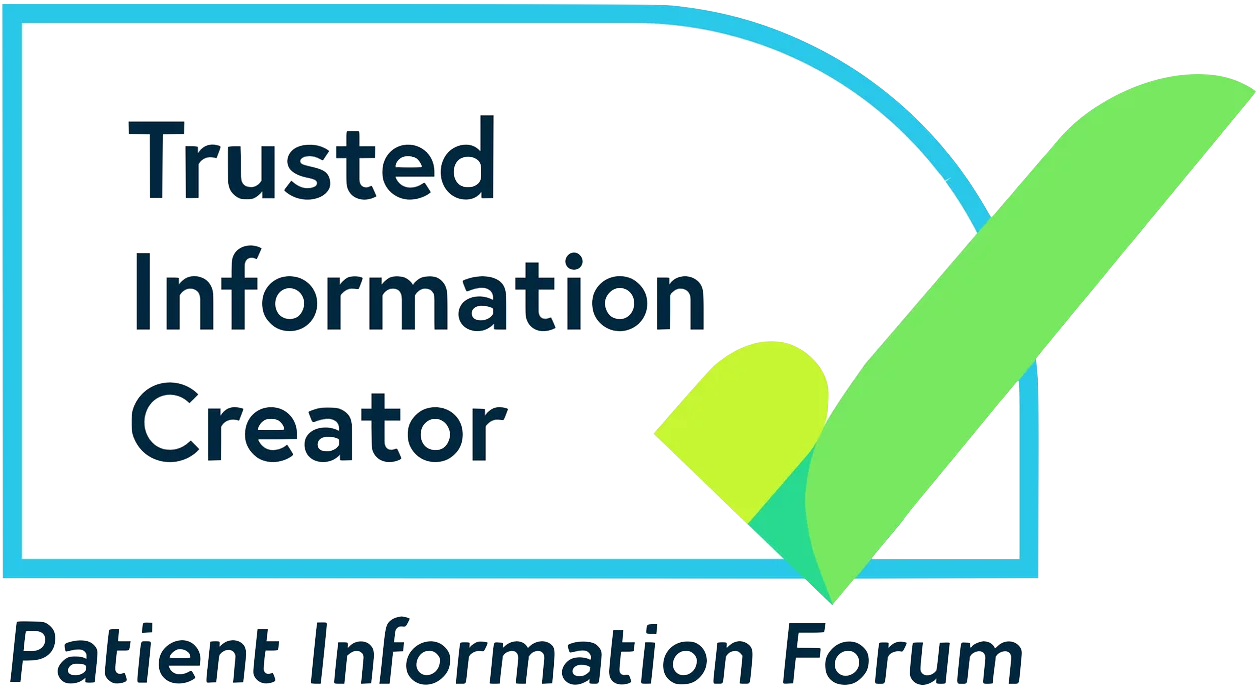Focal seizure first aid
You may also hear this type of seizure called a partial seizure.
You can find out about focal seizures on our webpage.
Someone having a focal seizure may not be aware of their surroundings or what they are doing. They may have unusual movements and behaviour, such as plucking at their clothes, smacking their lips, swallowing repeatedly or wandering around.
Here’s how to help if you see someone having a focal seizure:
- Guide them away from danger (such as roads or open water)
- Stay with them until they are fully recovered
- Be calm and reassuring
- Explain anything that they may have missed
Other advice for focal seizure first aid
It’s important that you don’t hold the person down or move them unless they are in danger. You shouldn’t try to bring them round and never give them anything to eat or drink until they are fully recovered. Someone having a focal seizure may, or may not, be aware of what is happening. Try to avoid doing anything that might frighten them, like sudden movements, shaking them or shouting. Even if they are aware, they could feel confused and unsteady for a while after the seizure.
Call for an ambulance if any of these things apply:
- You know it is their first seizure
- The seizure lasts for more than five minutes
- They have one seizure after another without regaining awareness between seizures
- They are badly injured during the seizure
If someone has had their first focal seizure, and they don’t get medical help at the time, they should still see a doctor who can decide if any tests or a referral to a specialist are needed. We have more information on our diagnosis page.
Sometimes a focal seizure can progress into another type, such as a tonic-clonic seizure.
We have more information about other seizure types and how to help someone from our main first aid page.
Got any questions?
Our expert advisors can help you with any questions you might have about epilepsy first aid or anything else related to living with epilepsy.


